The mobile app industry continues to evolve at a rapid pace, driven by technological advancements and changing user expectations. Native mobile app development is at the forefront, delivering seamless performance and unparalleled user experiences. As 2024 unfolds, several trends are set to shape the landscape of native mobile apps, offering developers new opportunities to innovate and stay ahead in a competitive market. This article explores key native mobile app development trends to watch in 2024. Explore more about our company on [our homepage].
5G Technology

5G technology is revolutionizing mobile app development by providing faster connectivity and reduced latency. With speeds up to 100 times faster than 4G, 5G enables real-time data transfer and richer multimedia experiences, opening doors to innovative app functionalities.
In 2024, developers are leveraging 5G to create apps that support advanced features like augmented reality (AR), virtual reality (VR), and seamless video streaming. The enhanced network capabilities also allow for better performance in IoT-enabled apps, making 5G a cornerstone for future-ready applications.
AI and Machine Learning; Making Apps Smarter

Artificial Intelligence (AI) and Machine Learning (ML) are transforming native mobile apps by introducing smarter, more intuitive features. These technologies enable apps to analyze user behavior, provide personalized recommendations, and automate repetitive tasks.
In 2024, AI-driven features such as chatbots, predictive analytics, and voice recognition are becoming integral to native mobile apps. Developers are integrating ML models directly into apps for offline functionality, ensuring a seamless user experience even without internet connectivity.
Augmented and Virtual Reality

Augmented reality and virtual reality are redefining user engagement by offering immersive and interactive experiences. From gaming and education to real estate and healthcare, AR and VR are enhancing the way users interact with apps.
In 2024, advancements in AR and VR technologies are enabling developers to create apps with more realistic graphics and intuitive interfaces. These technologies are also being used in e-commerce apps, allowing users to visualize products in their environment before making a purchase, driving higher conversion rates. Dive deeper into our [blog posts] for in-depth insights and examples.
Connected Mobile Apps
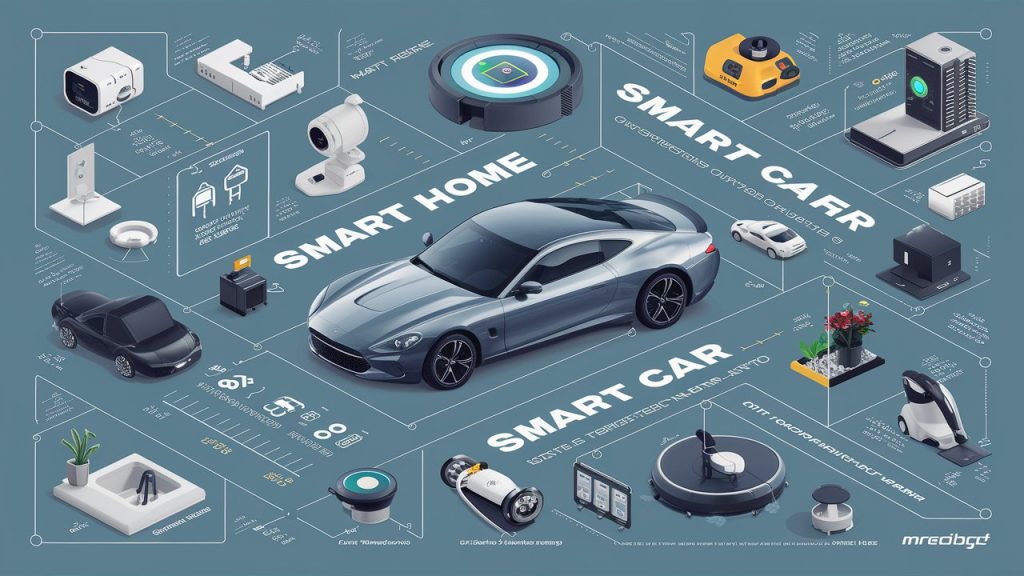
Connected mobile apps, powered by the Internet of Things (IoT), are enabling seamless communication between devices. These apps are transforming industries like healthcare, home automation, and logistics by providing real-time monitoring and control.
In 2024, the integration of IoT in mobile apps is becoming more sophisticated, with developers focusing on enhanced interoperability and data security. Connected apps are helping users manage their devices efficiently, making everyday tasks more convenient and automated.
Tighter Security
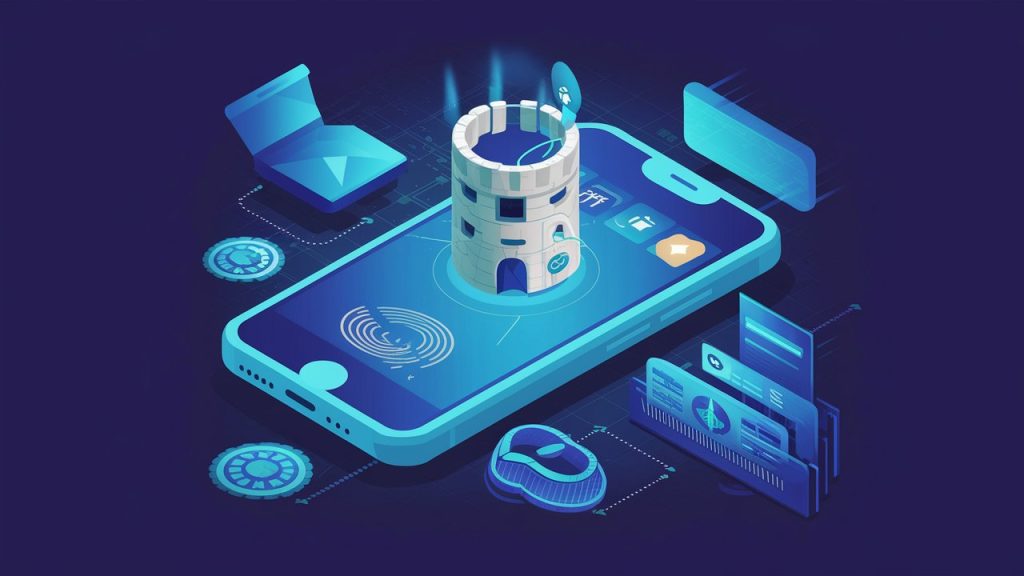
With the rise in cyber threats, security is a top priority for native mobile app developers. Users demand apps that protect their personal and financial information, making robust security measures a critical aspect of app development.
In 2024, developers are implementing advanced encryption techniques, biometric authentication, and secure APIs to ensure data protection. Compliance with global security standards, such as GDPR and CCPA, is also becoming a standard practice, building user trust and confidence.
Cross-Platform Development; Write Once, Run Anywhere
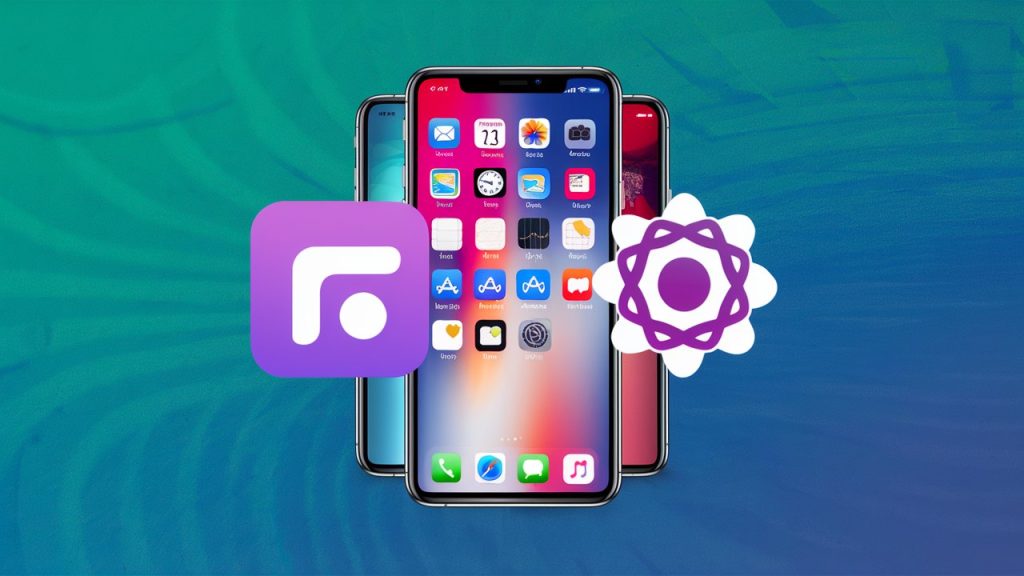
Cross-platform development frameworks are enabling developers to create apps that run seamlessly on multiple platforms. This approach reduces development time and costs while ensuring consistent performance and user experience.
In 2024, tools like Flutter and React Native are gaining traction, allowing developers to write code once and deploy it across Android and iOS. This trend is particularly beneficial for startups and small businesses looking to maximize their reach without compromising on quality.
Wearable Technology
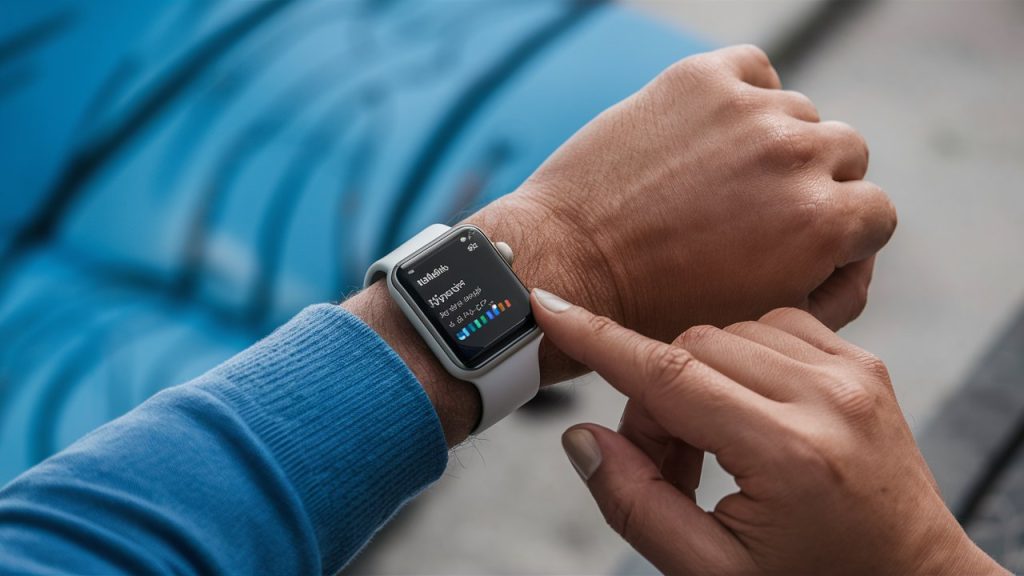
Wearable devices, such as smartwatches and fitness trackers, are driving the demand for apps that cater to these platforms. Developers are focusing on creating apps that provide real-time data, health insights, and seamless connectivity with smartphones.
In 2024, the integration of wearable technology in native mobile apps is expanding, with a focus on user-centric features like personalized fitness goals and health monitoring. These apps are leveraging sensor data to deliver actionable insights, making them indispensable for health-conscious users.
Motion UI: Breathe Life to Mobile Apps
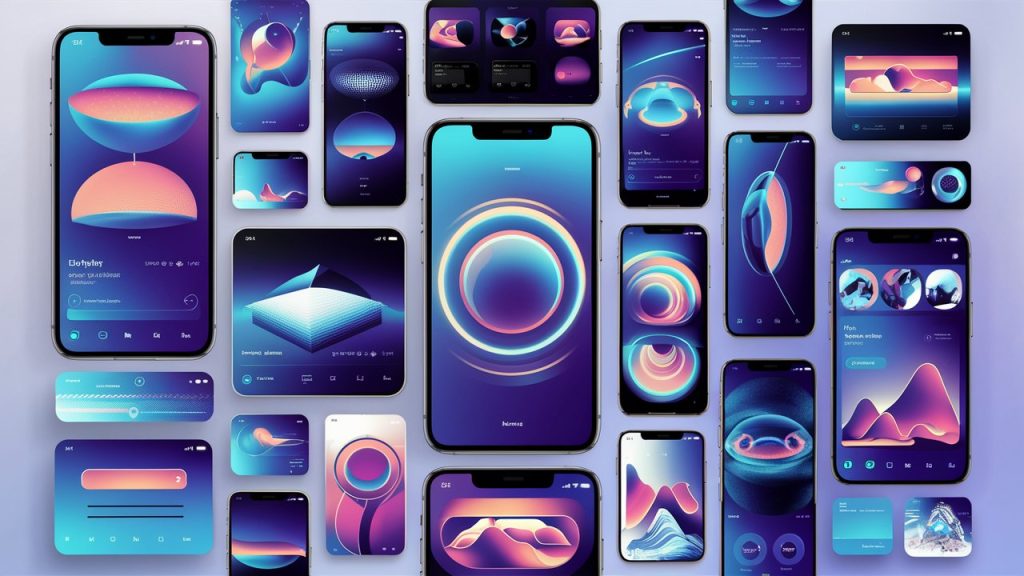
Motion UI is enhancing the visual appeal of mobile apps by adding dynamic animations and transitions. This trend improves user engagement by making interactions more intuitive and enjoyable.
In 2024, developers are using motion UI to guide users through app features, highlight key elements, and create a more immersive experience. From subtle micro-interactions to elaborate animations, motion UI is becoming a vital component of modern app design.
Progressive Web Apps: The Best of Both Worlds

Progressive web apps combine the functionality of native apps with the accessibility of web apps. They offer offline capabilities, faster load times, and a responsive design, making them a popular choice for businesses.
In 2024, PWAs are bridging the gap between web and native apps, providing users with an app-like experience without requiring downloads. Developers are leveraging this trend to create cost-effective solutions that deliver high performance and usability.
Blockchain: Increased Security and Transparency

Blockchain technology is enhancing security and transparency in mobile apps by enabling decentralized data storage and secure transactions. This technology is particularly beneficial for industries like finance, healthcare, and supply chain management.
In 2024, blockchain integration in native mobile apps is becoming more prevalent, with developers focusing on features like smart contracts, secure payments, and tamper-proof data storage. These advancements are building user trust and promoting the adoption of blockchain-powered apps.
Cloud Integration: Embracing the Cloud Power

Cloud integration is enabling mobile apps to leverage the scalability and storage capabilities of cloud platforms. This trend allows users to access their data anytime, anywhere, without worrying about device storage limitations. In 2024, cloud-integrated apps are becoming a standard, with developers using cloud services to enhance app performance and reliability. From real-time collaboration tools to seamless data synchronization, cloud integration is revolutionizing the way apps are built and used.
Advanced Analytics Insights
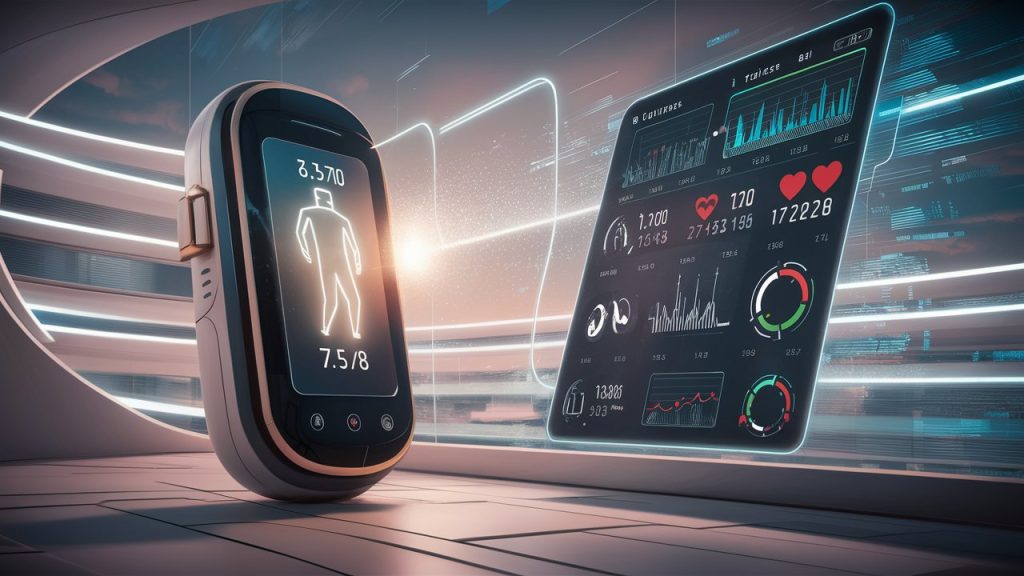
Advanced analytics is empowering businesses to make data-driven decisions by providing actionable insights into user behavior and app performance. Developers are incorporating analytics tools to track key metrics and optimize app functionality. In 2024, the focus on advanced analytics is growing, with developers using AI-powered tools to gain deeper insights. These tools help identify user preferences, predict trends, and improve app engagement, making analytics a crucial aspect of app development.
In Conclusion
Developments in native mobility applications, therefore, are expected to take on more excitement at this time in the year 2024. Trends forming the basis of a future definition of mobile applications, from incorporating the latest 5G technology, AI, and feature security to cloud integration, will make a new face for native mobile application development. As a developer or entrepreneur, staying ahead of such trends will give you that added advantage and help you develop scintillating and secure mobile apps efficiently. Embrace forthcoming changes and innovations, witnessing your mobile app soar amid digital competition. Perhaps your app will become the next major story on everybody’s lips. [Contact us] today and let’s discuss your project in detail.


